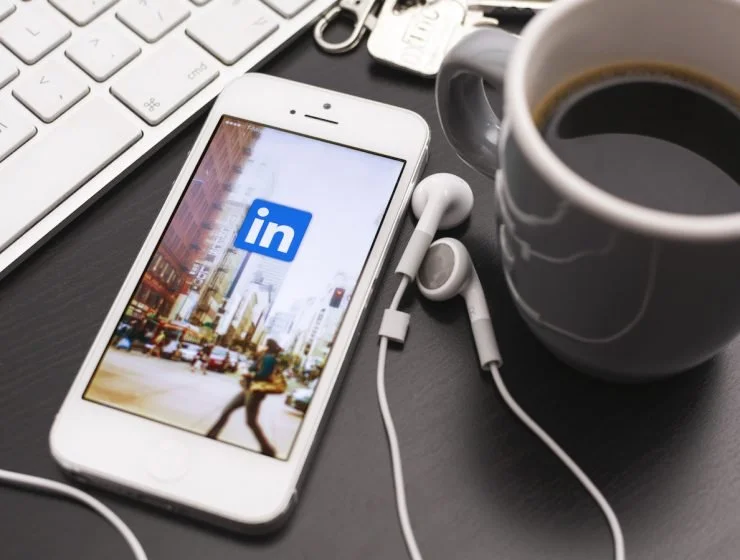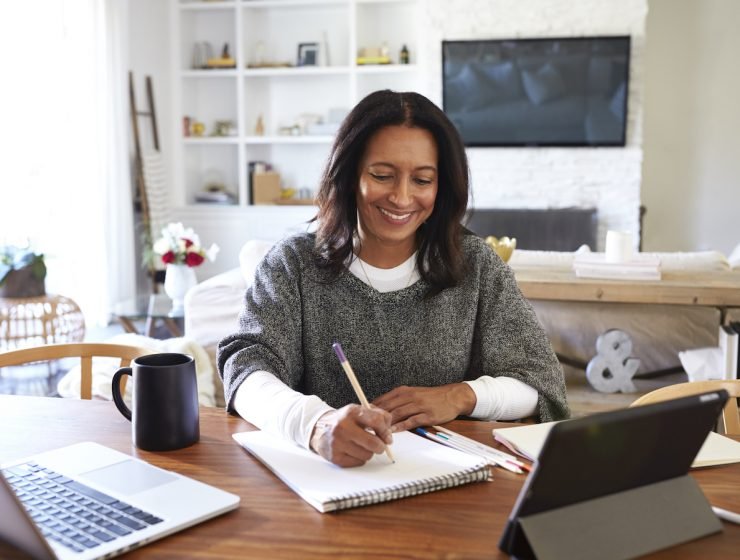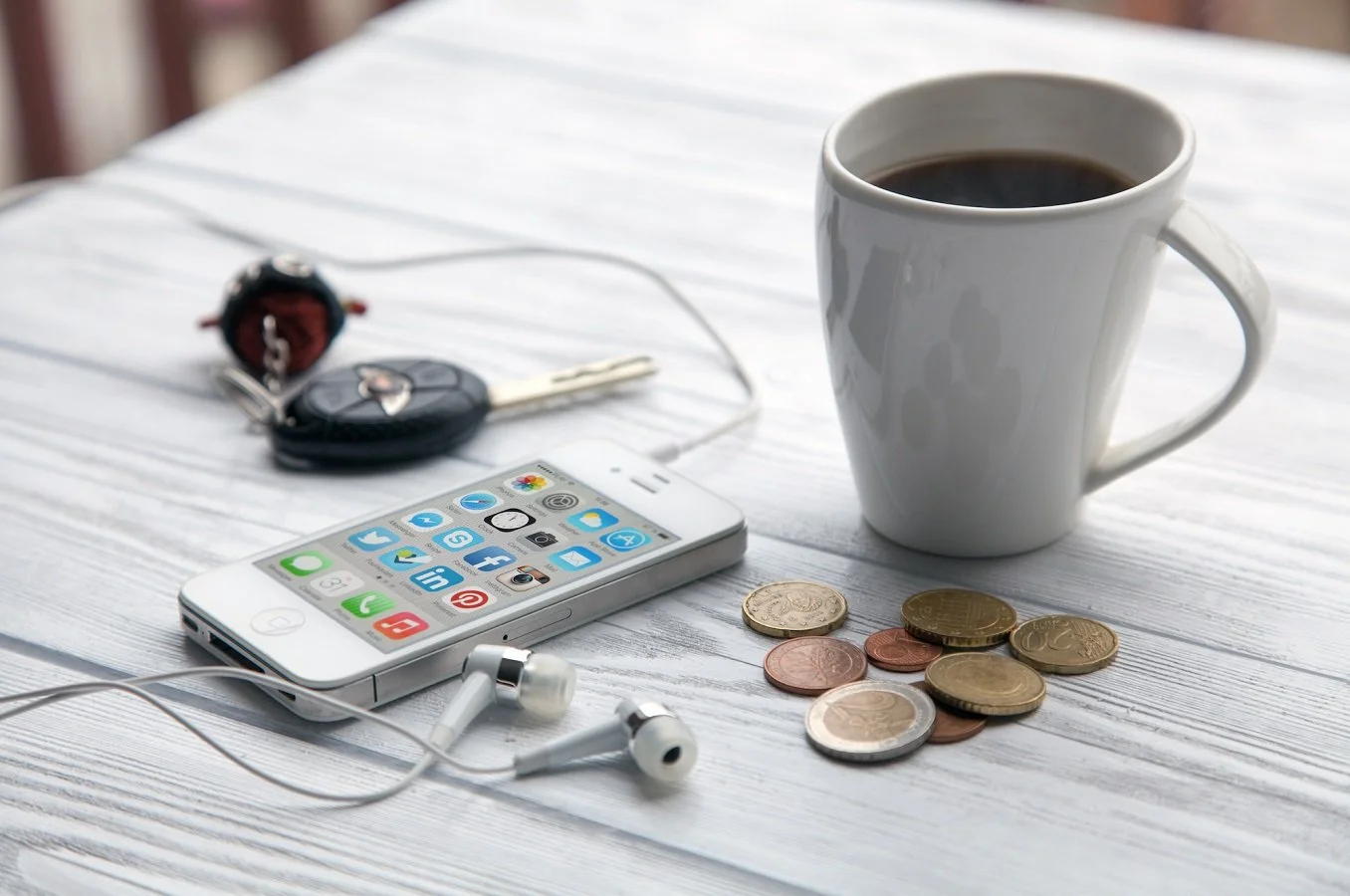LinkedIn Photos: Best Practice Guide 2021
Everyone needs a new LinkedIn photo. From extensive research we’ve conducted over the past few years, we believe this to be almost universally true*.
Common Problems with LinkedIn Photos
There are three common problems with most LinkedIn photos:
1. You added your LinkedIn photo ages ago and have never updated it
The truth is that most of us look slightly (or very) different as we age, and that photo that you added five or 10 years ago is no longer appropriate.
While you might think that you look better in the old photo, by continuing to use it you are just setting yourself up for a bad start to future meetings and interviews.
It may be useful to think about this in the context of online dating. With dating, you might look at someone’s profile picture on the dating app. Now, from a dating perspective, if someone turns up for a date and can’t recognise the person they are supposed to meet, or if their 30-something date turns out to be a 50-something date, they are bound to start the date on the wrong foot (that is, if they don’t do a runner first!).
From an interview or meeting perspective, if you can’t instantly recognise the person you are meeting from their photo, it can not only lead to an uncomfortable start to a meeting as you try to find them/confirm it is them, it can also raise questions about their honesty and integrity in other aspects of their life and/or career. So it’s best to replace that old photo and avoid these issues entirely.
2. Your photo is in the old LinkedIn style
When LinkedIn began, we had square or rectangular photos. Many people opted for black and white photos. We all stood against white or pale grey walls, perhaps with an office plant in the background if we were feeling particularly jazzy that day. We all wore suit jackets and very serious expressions. We were professional and we were jolly well going to show it, whether we were the office intern or the CEO.
Fast forward to 2021, and life is somewhat different. And LinkedIn photo trends reflect this change.
While the lockdowns of 2020/21 may have provided a major shift in workplace etiquette – with us seeing our colleagues and clients in their bedrooms and kitchens thanks to Zoom or Google Meet – it is true that, even under more normal circumstances, most offices have a more casual or dressed-down approach. Jackets are no longer de rigueur in the office or in LinkedIn photos.
We have also moved into a world of full colour on our devices (anyone still remember green screens?) and we actively prefer full colour images as proven by the data scientists at Instagram and all the leading social media engines. So LinkedIn photos should now be full colour too. Even the most professional of professions (law, accountancy, finance) have gone from being remote and impenetrable to being brand-led and people-focused.
The best LinkedIn photos are now softer and less stony-faced, with a little more warmth and personality. And, finally, they have changed from square or rectangular to round.
These changes have caught some people out. There are still many “floating” heads (chopped off due to LinkedIn’s automated rounding), black and white photos out there. But they feel very old-fashioned and they hint that the owner might not be as current or as engaged as they should be. Don’t worry if you are one such owner, we’re going to help you find a better photo today!
3. You have never added a photo to LinkedIn
This may be the least forgivable of the three reasons for not having a great LinkedIn photo. Only because you are doing yourself a huge disservice.
Your photo, along with your name and your headline, are the three most valuable fields in LinkedIn. These three things travel around LinkedIn and are seen by people who are not even looking for you – for example, when you are suggested in a related search result, when someone is looking at a person with similar experience to you, or is looking at the profile of someone you once worked with.
Even more importantly, when you are in ‘career boost/return to work/change job or career’ mode, you may be reducing your chances of meeting relevant people – simply because they can’t see that you look normal and exist – as well as putting anyone you do meet slightly on guard. Both of those are serious downsides when your next move depends on successfully meeting and connecting with people.
The New LinkedIn Photo Rules
Here are the best practice rules for a good LinkedIn photo:
1. Look at the camera, and ensure your whole face can be seen. As with a passport photo, it is best not to have hair covering any of your face.
2. Smile slightly with your mouth closed. Regardless of your job, industry or level, the aim with a modern LinkedIn photo is to look approachable and friendly.
3. Wear a work-appropriate shirt or top, preferably with long sleeves, but no jacket. Choose a shirt colour which suits you but not white, black, grey or cream. Blue is a safe option for most people.
4. Choose a background which is not plain white or grey, and stand at least one metre away from any wall which you use as a backdrop. A street scene or simple textured wall can work well, but think about your job/profession/location and try to find a background that is somehow relevant.
5. Ensure the photo is cropped under your shoulders, to give a sense of scale. For many people, seeing your head in proportion to your body can help them to recognise you more easily.
Extra rules for women:
1. Do wear makeup if you usually do, but be careful not to be too heavy-handed with lipstick, blusher or eyeliner. Keep it natural looking.
2. Do not wear a scarf or neckerchief unless you usually do perhaps for religious or health-related purposes.
3. Ensure your top is not sheer and avoid showing cleavage. Avoid roll neck and polo neck tops.
4. Wear your usual jewellery, especially anything that you wear daily or very regularly, provided the item is work-appropriate.
Extra rules for men:
1. A tie is optional. However, I recommend not wearing one, even if you usually wear a tie in the office. This is because LinkedIn is now a quasi-social network and you are also likely to be linked with people who know you in different contexts (e.g. your friends and relatives, your personal trainer, your financial advisor, maybe even your real estate agent).
2. Do not wear a scarf or neckerchief unless you usually do perhaps for religious or health-related purposes.
3. Avoid roll neck and polo neck tops.
4. Wear your usual jewellery, especially anything that you wear daily or very regularly, provided the item is work-appropriate.
Do I need a professional photographer for a LinkedIn photo?
The good news is that you do not need a professional photographer or studio headshot. You can ask anyone with a smart phone to take your photo, in natural daylight. The Portrait mode on a newer iPhone (from iPhone 7 onwards) is excellent for these purposes but other phones have the equivalent these days. No photo editing is needed. Just allow enough time to try a few different backgrounds and angles, to ensure you end up with a photo you are happy with.
Good luck – and remember to smile! 😊
*We may not have scientific research to support this statement but, if you look at any random page of people on LinkedIn, it is unlikely you will find even one photo that meets our best practice criteria.
The good news is that you do not need a professional photographer or studio headshot. You can ask anyone with a smart phone to take your photo, in natural daylight. The Portrait mode on a newer iPhone (from iPhone 7 onwards) is excellent for these purposes but other phones have the equivalent these days. No photo editing is needed. Just allow enough time to try a few different backgrounds and angles, to ensure you end up with a photo you are happy with.Good luck – and remember to smile! *We may not have scientific research to support this statement but, if you look at any random page of people on LinkedIn, it is unlikely you will find even one photo that meets our best practice criteria.



